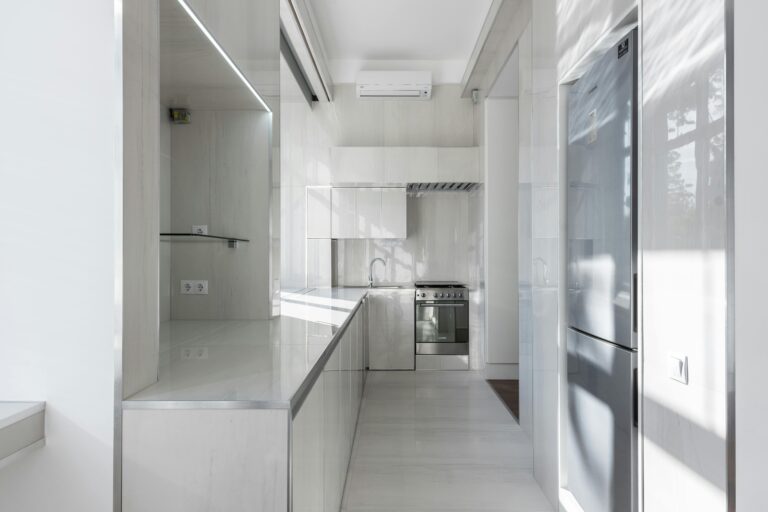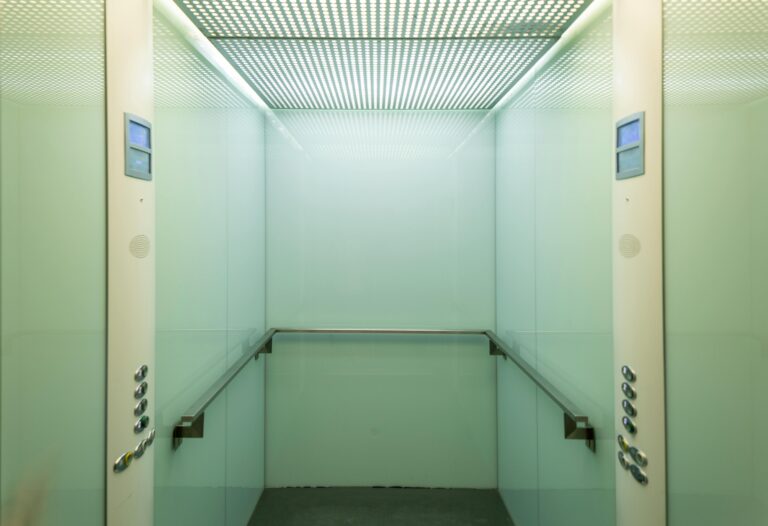Step into the world of luxury home design, and what do you see? Gleaming surfaces, breathtaking views, meticulously arranged spaces. Yet, for the true visionary, luxury extends far beyond the visual. It’s an immersive experience, a symphony for the senses that whispers quality, comfort, and timeless elegance.
Many aspiring homeowners focus intensely on aesthetic appeal, agonizing over color palettes and furniture arrangements. But what often goes unconsidered is the profound impact of what you feel underfoot, the subtle coolness of a countertop against your hand, or the way a textile invites you to linger. This is the realm of “tactile luxury,” an often-overlooked dimension that separates merely beautiful homes from truly aspirational transformations.
This article unveils how elite designers and discerning homeowners unlock this deeper layer of luxury. We move beyond surface appearances to explore the art of material selection, understanding how visionaries choose materials that don’t just look good, but feel exquisite, creating an enduring sensory signature for every space. Prepare to redefine your understanding of premium home design.
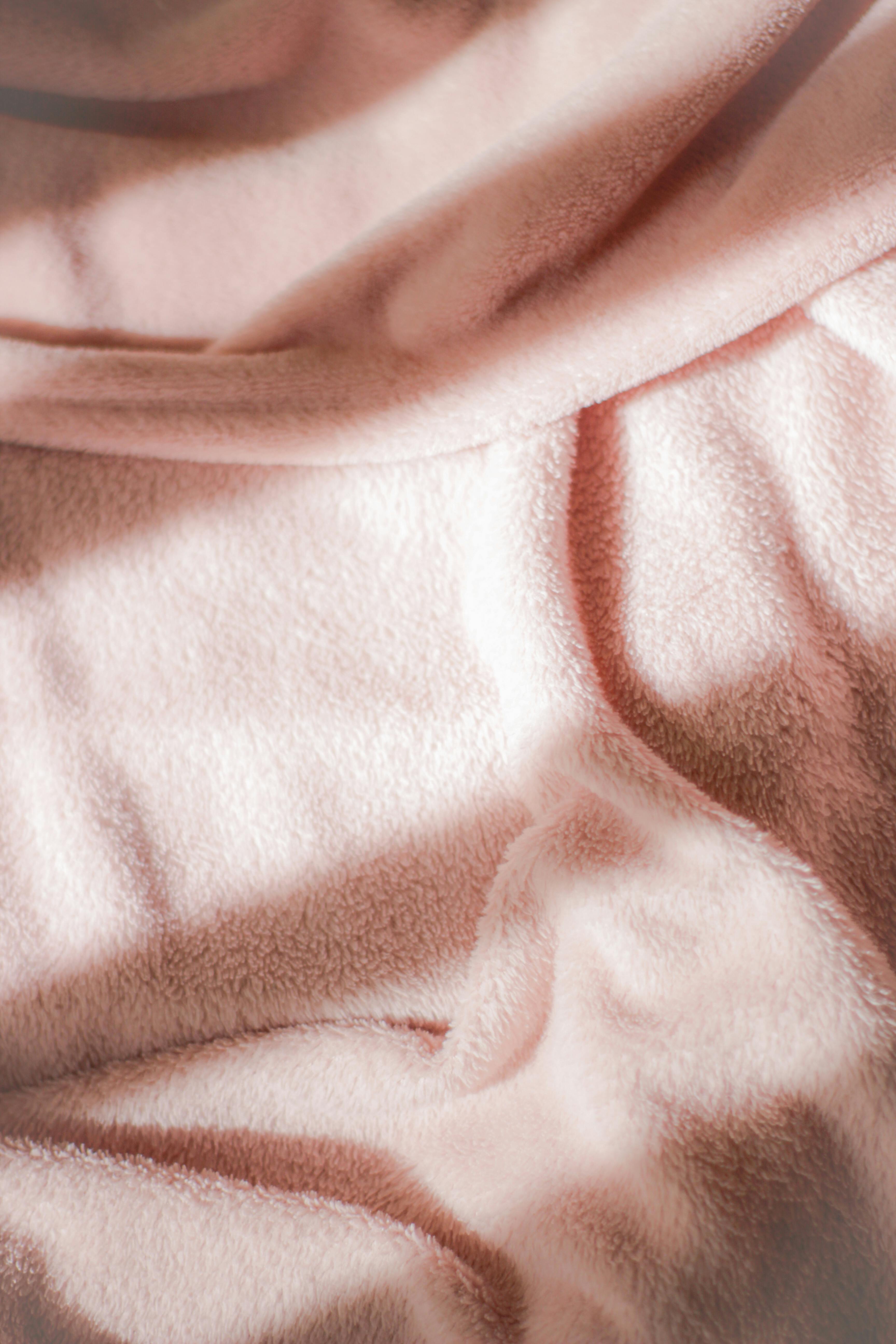
This Photo was taken by Luana Lloyd.
Decoding tactile luxury: The sensory signature of a home
Tactile luxury isn’t a buzzword; it’s the intentional selection of materials that engage your senses beyond sight. Think about running your hand across a perfectly polished marble slab, the soft give of a custom velvet sofa, or the satisfying weight of a bronze doorknob. These are not incidental details; they are deliberate choices that communicate quality, comfort, and thoughtful design.
Materials are the silent communicators of a home’s character. They influence temperature, sound acoustics, and light reflection. For example, a rough, natural stone wall can evoke a sense of grounding and permanence, while a sleek, reflective glass surface speaks to modernity and openness. The interplay of these sensory properties creates the overall ambiance. According to a 2024 study by Architectural Digest, homeowners are increasingly prioritizing sensory comfort, with searches for “textured interior design” up by 35% year-over-year, indicating a shift towards a more experiential approach to home environments.
Visionary designers understand that every material has a story, a texture, a temperature, and even a unique sound profile when interacted with. Choosing these elements thoughtfully ensures the home doesn’t just look luxurious but feels profoundly so, fostering an emotional connection and a heightened sense of well-being.

This Photo was taken by Anete Lusina.
The visionary’s palette: Principles of material selection
When selecting materials for aspirational home transformations, visionaries follow a set of guiding principles that go beyond mere aesthetics. These principles ensure that every choice contributes to the overall tactile and enduring luxury of the space.
Authenticity and provenance: The story behind the material
True luxury often lies in authenticity. Visionaries gravitate towards materials with genuine origins, whether it’s an aged-oak flooring salvaged from a historic barn or a rare, vein-cut marble sourced from a specific quarry. Knowing the story behind a material adds depth and character, transforming a surface into a talking point. For instance, selecting bespoke architectural details in luxury homes often means tracing the origin and craftsmanship of unique stone carvings or custom millwork, enhancing the narrative of the space.
Durability and timelessness: Investing in longevity, not just trends
A truly luxurious home isn’t built on fleeting trends but on lasting quality. Materials are chosen for their resilience, ability to age gracefully, and their timeless appeal. Natural stone, solid hardwoods, and high-performance textiles might represent a higher upfront investment, but their longevity and ability to withstand the test of time offer unparalleled value. This focus on enduring quality is a cornerstone of unlocking aspirational luxury home design secrets.
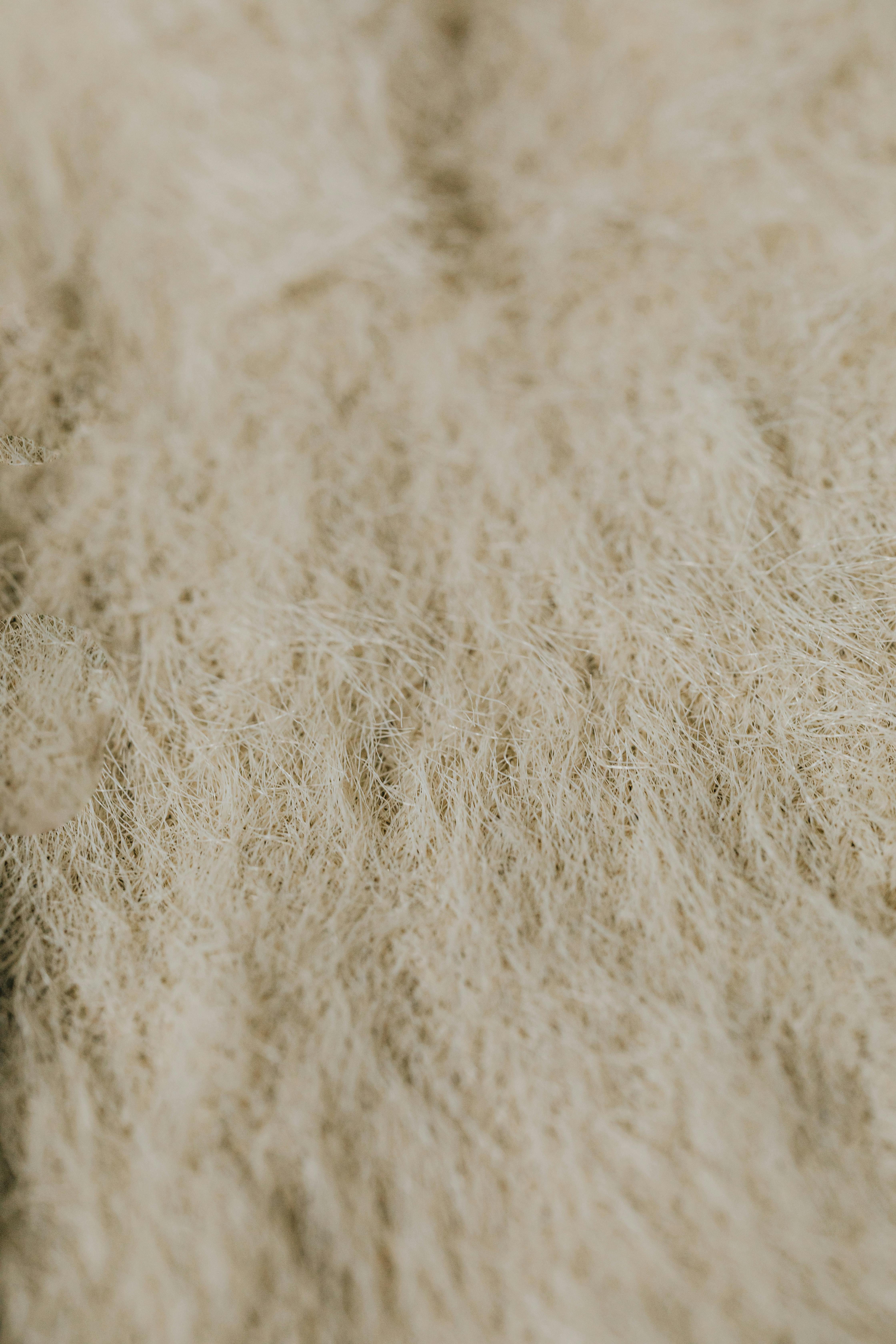
This Photo was taken by Photo By: Kaboompics.com.
Sensory harmony: How materials interact with light, sound, and temperature
The mastery of tactile luxury involves understanding how materials interact with the environment. A rough-textured wall absorbs sound, creating a quiet sanctuary, while a polished surface reflects light, brightening a room. Consider a seamless indoor-outdoor living space where the transition materials are chosen for both their visual continuity and their ability to withstand varying temperatures and humidity, ensuring comfort across zones. For example, in a desert climate, materials like adobe or thick stone naturally regulate indoor temperatures, contributing to comfort without heavy reliance on artificial cooling.
Environmental consciousness: Sustainable luxury choices
Modern luxury increasingly aligns with sustainability. Visionaries are now seeking out materials that are not only beautiful and durable but also ethically sourced and environmentally responsible. This includes reclaimed woods, recycled glass, rapidly renewable resources like bamboo, and low-VOC (volatile organic compound) finishes. A 2025 forecast by the Luxury Home Builders Council predicts a 40% increase in demand for certified sustainable building materials in high-end projects, reflecting a growing market for eco-conscious luxury.

This Photo was taken by Photo By: Kaboompics.com.
Curating the experience: Case studies in material mastery
Understanding these principles is one thing; seeing them in action is another. Here’s how specific material categories are wielded by visionaries to create distinct tactile experiences.
| Material Category | Key Tactile Qualities | Aspirational Impact | Projected Market Growth (2024-2025)* |
|---|---|---|---|
| Natural Stone (Marble, Travertine, Quartzite) | Cool, smooth, weighty, unique veining | Grandeur, permanence, sophisticated elegance | +12% in luxury applications |
| Solid Hardwood (Walnut, Oak, Teak) | Warm, inviting, distinctive grain, smooth or textured | Cozy comfort, timeless appeal, natural connection | +8% for bespoke flooring/cladding |
| High-Performance Textiles (Cashmere, Silk, Mohair) | Soft, plush, smooth, draping, resilient | Intimacy, lavish comfort, refined opulence | +15% in custom upholstery |
| Metals (Bronze, Brass, Patinated Steel) | Cool, weighty, varied finishes (brushed, polished, aged) | Modernity, industrial chic, artistic statement | +10% for fixtures & accents |
*Based on projected luxury market trends and designer insights.
Wood: Warmth and connection to nature
Beyond its visual appeal, wood offers unparalleled warmth underfoot and a comforting, organic texture. From wide-plank oak flooring that feels solid and grounding to custom cabinetry crafted from rich walnut, wood adds an undeniable sense of home. It’s a material that breathes and ages beautifully, acquiring character over time. This makes it a foundational choice for creating an inviting, aspirational atmosphere.

This Photo was taken by cottonbro studio.
Stone: Grandeur and permanence
Natural stone, whether a highly polished marble or a rugged quartzite, brings an inherent sense of grandeur and permanence. Its coolness to the touch is refreshing, while its unique patterns make every slab a work of art. Used for countertops, accent walls, or flooring, stone elevates a space with its weight, durability, and timeless elegance. The selection process for these materials is critical, as they form the backbone of many luxury designs.

This Photo was taken by Polina Tankilevitch.
Metals: Modernity and refinement
From the sleek lines of brushed steel appliances to the rich patina of bronze hardware, metals introduce a touch of modernity and refined sophistication. They reflect light in unique ways, adding shimmer and depth. The weight and feel of a quality metal fixture contribute significantly to the overall sense of luxury. For those seeking furniture that embodies cutting-edge design and material mastery, exploring modern Italian furniture can reveal how metals are expertly integrated into sculptural pieces, enhancing both form and function.

This Photo was taken by Mathias Reding.
Textiles: Comfort and intimacy
Textiles are perhaps the most direct conveyors of tactile luxury. Plush rugs, soft upholstery fabrics like cashmere or linen, and flowing draperies invite touch and create an immediate sense of comfort and intimacy. They absorb sound, creating a quieter, more serene environment, and their varied textures add visual interest and softness to hard architectural lines. Selecting the right textiles can transform a room from cold to inviting, embodying the essence of cozy aspirational living.

This Photo was taken by YEŞ.
Frequently asked questions about luxury material selection
What is “tactile luxury” in home design?
Tactile luxury refers to the intentional selection of materials for a home that engage and delight the sense of touch, contributing to a deeper, multi-sensory experience of quality, comfort, and sophistication beyond just visual appeal.
Why are natural materials preferred in luxury homes?
Natural materials like stone, wood, and authentic textiles are preferred for their unique textures, durability, inherent beauty, and ability to age gracefully. They offer authenticity, connect residents to nature, and contribute to the home’s long-term value and character.
How do materials impact the overall ambiance of a room?
Materials profoundly affect ambiance by influencing sound absorption, light reflection, temperature regulation, and overall sensory perception. For example, soft textiles create warmth and quiet, while hard, reflective surfaces enhance light and can create a cooler, more expansive feel.
Is sustainability a factor in luxury material choices?
Absolutely. Modern luxury increasingly prioritizes sustainability. Visionaries choose ethically sourced, environmentally responsible materials and those with a lower environmental footprint, aligning luxury with conscious living.
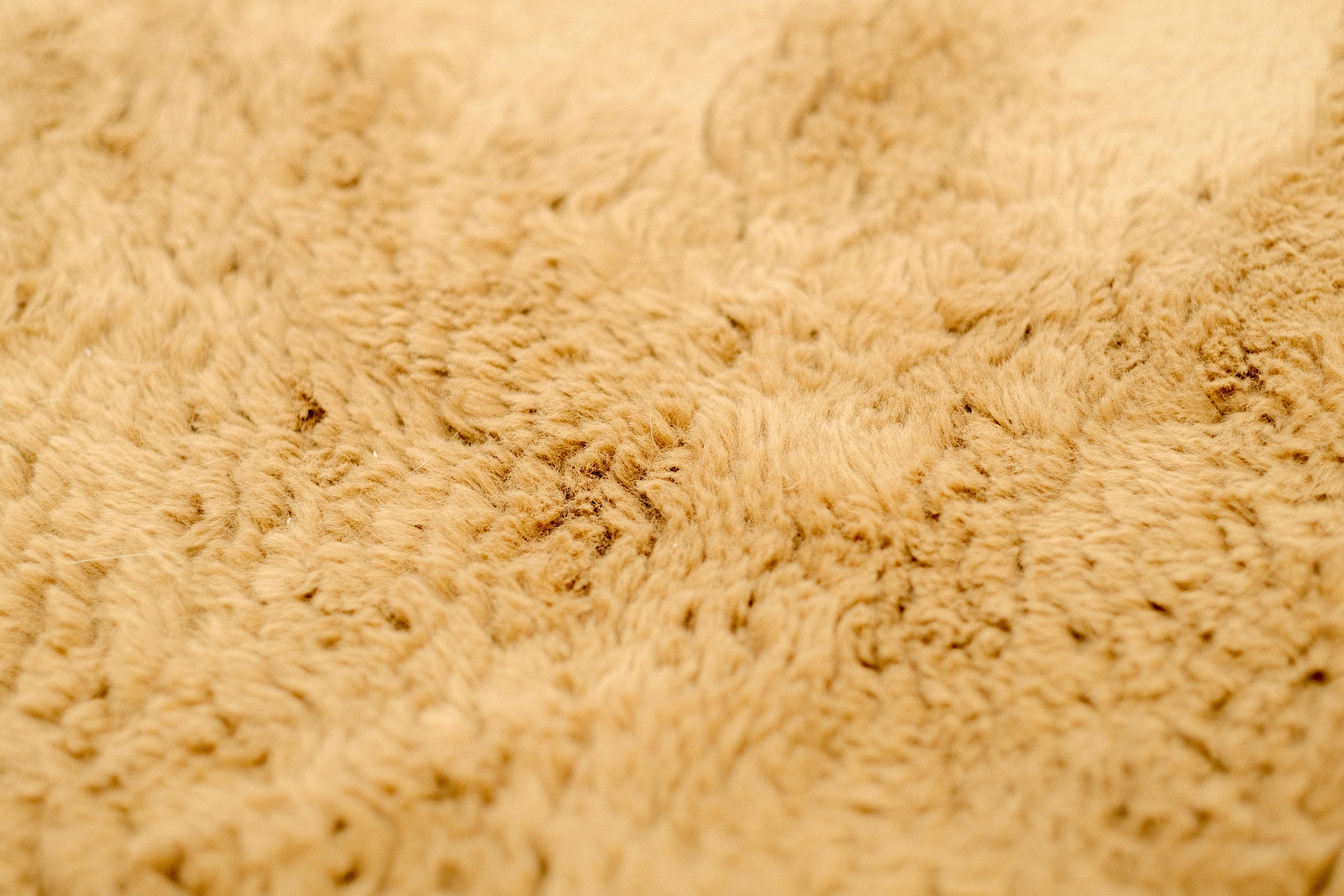
This Photo was taken by Fjord Solis.
The enduring embrace: Crafting your home’s legacy
As we’ve explored, the art of tactile luxury transcends mere decoration. It’s about a deep, intentional engagement with the physical world of your home. Visionaries understand that every material choice contributes to a rich tapestry of sensory experiences, shaping how you feel, how you move, and how you live within your space. It’s the difference between a house that looks expensive and a home that feels profoundly luxurious, inviting you to connect with it on a visceral level.
By prioritizing authenticity, durability, sensory harmony, and even environmental consciousness in your material selections, you’re not just designing a house; you’re curating a living experience. You’re crafting a legacy of comfort, elegance, and well-being that resonates through every touch, every glance, and every quiet moment. Embrace the invisible language of luxury, and transform your vision into a home that doesn’t just impress, but truly embraces and elevates.
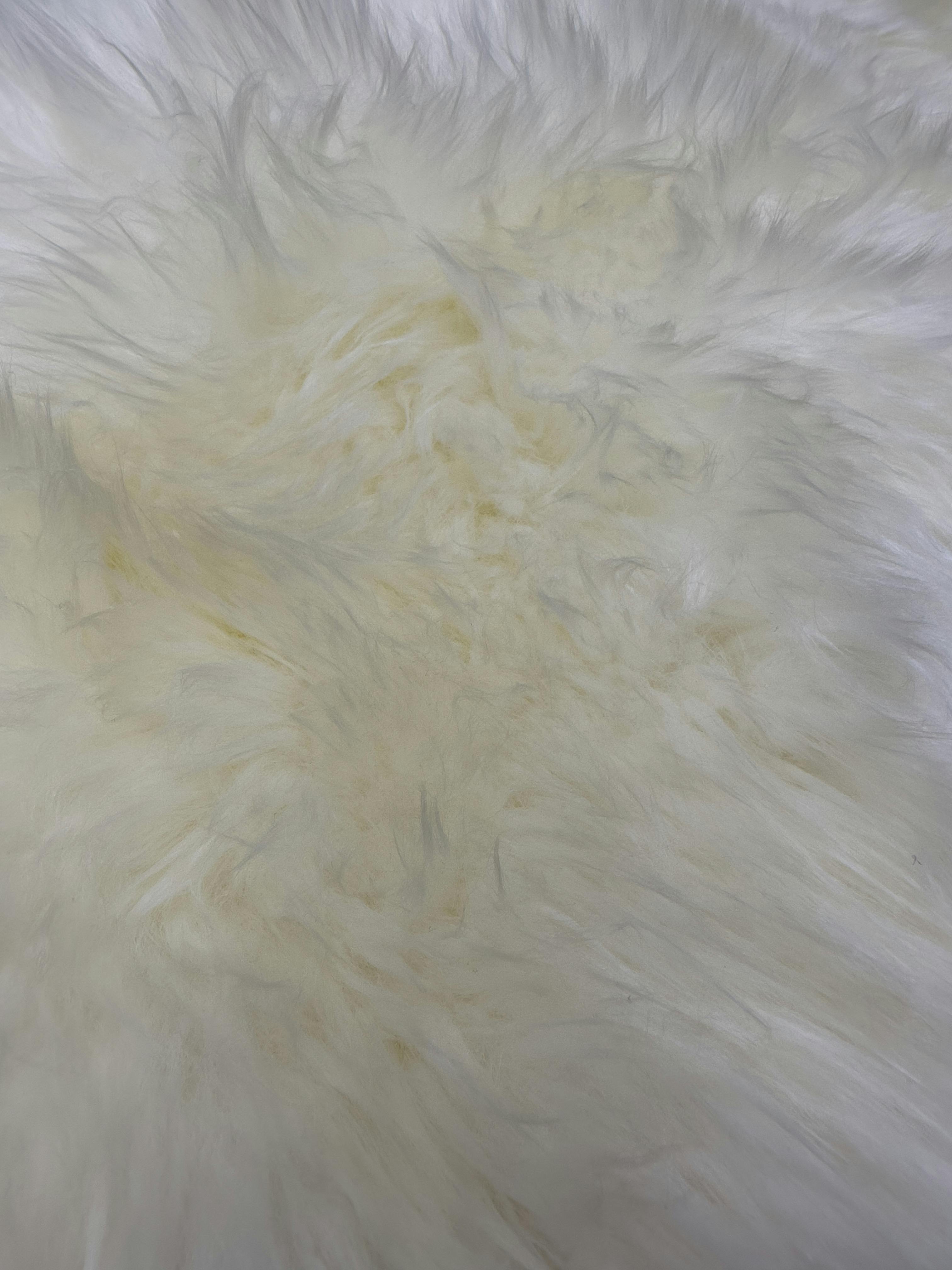
This Photo was taken by Engin Akyurt.
